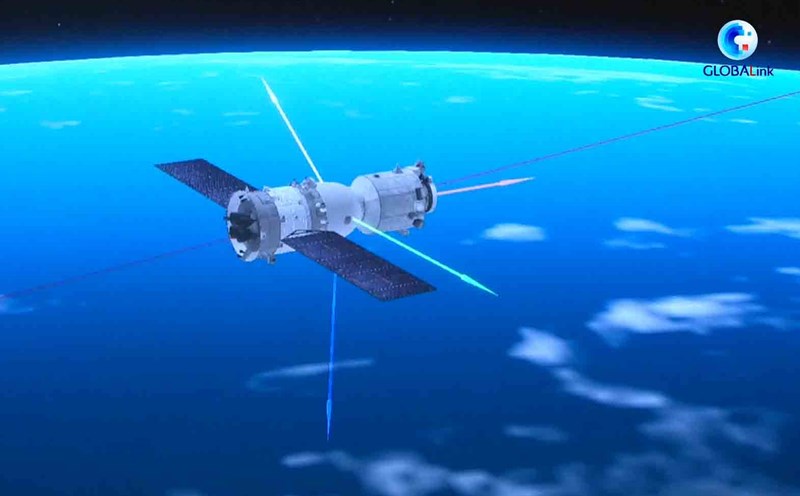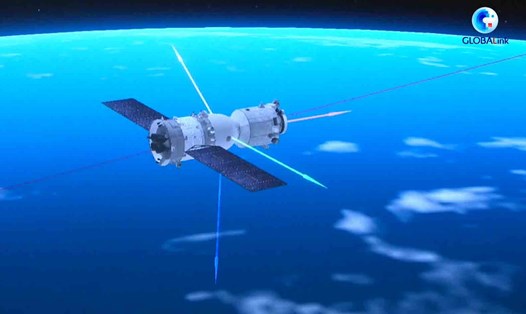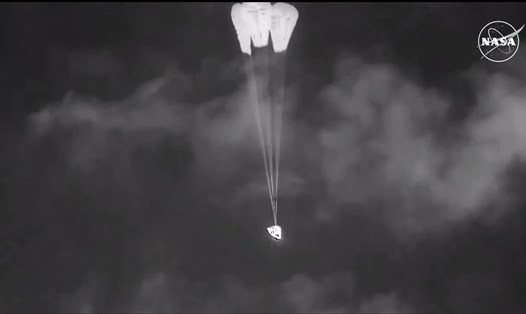A promising new study is gaining attention from the scientific community, suggesting that the movement of tectonic plates may have played a key role in the beginning of life on Earth.
Scientists have long sought to answer the question of whether the movement of tectonic plates - which determine the shape of continents, mountains and oceans - could have created the conditions necessary for the first life.
According to research, when tectonic plates collide, they not only shape the Earth's surface but also contribute to creating the special chemical environment that life needs to thrive.
Friction and collision between tectonic plates can create geothermal activity, releasing chemicals such as hydrogen and carbon dioxide from the crust and mantle. These chemicals can dissolve in water and become the necessary ingredients for simple chemical reactions, thereby forming organic compounds - the basic source of life.
In addition, tectonic activity can contribute to the creation of unique ecosystems, such as hydrothermal vents on the ocean floor, where high temperatures and the presence of minerals can facilitate the formation of complex organic molecules.
These conditions are conducive to more complex chemical reactions, which may have led to the emergence of the first simple living cells. Unlike the surface environment, these hydrothermal vents provide a stable environment and protect organic compounds from strong solar radiation, allowing them to survive longer and have a chance to grow.
In addition, the movement of tectonic plates also contributes to promoting the carbon cycle, an important factor in regulating the climate and chemical composition of the atmosphere, creating a suitable environment for life. As tectonic plates move, carbon is transported from the surface to the interior of the Earth and vice versa, maintaining the chemical balance necessary for the development of organisms.
However, many questions remain unanswered. Some scientists question whether plate tectonics was actually necessary for the origin of life, or if other factors could have created a similar environment.
Regardless, the study offers a new perspective on the role of geological processes in life, opening up the possibility that life could exist in places with similar tectonic activity to Earth.
This discovery not only helps us better understand the history of life on Earth, but also offers hope of finding life beyond our planet. If other planets have similar tectonic activity, then conditions that support life may also exist.









